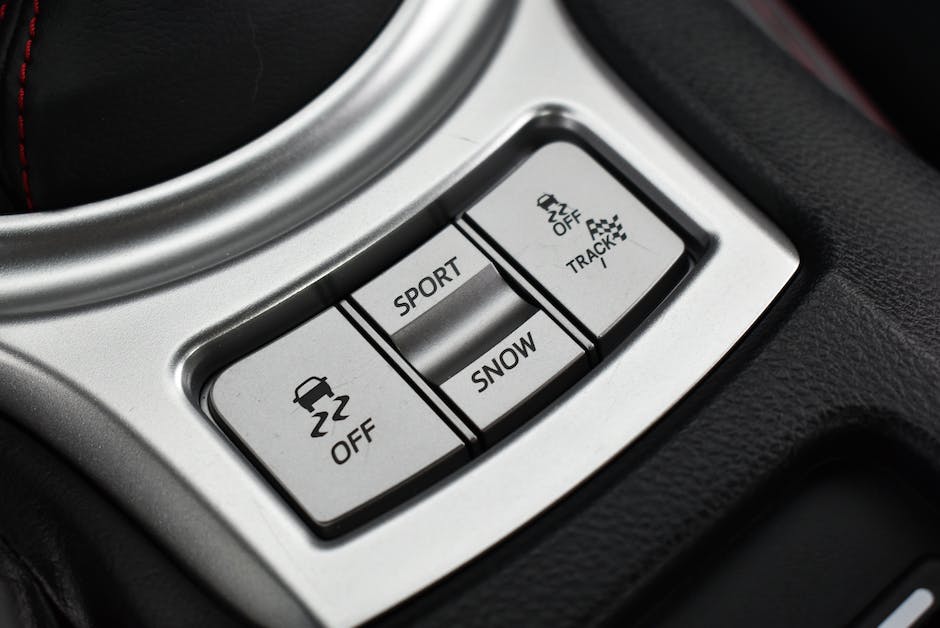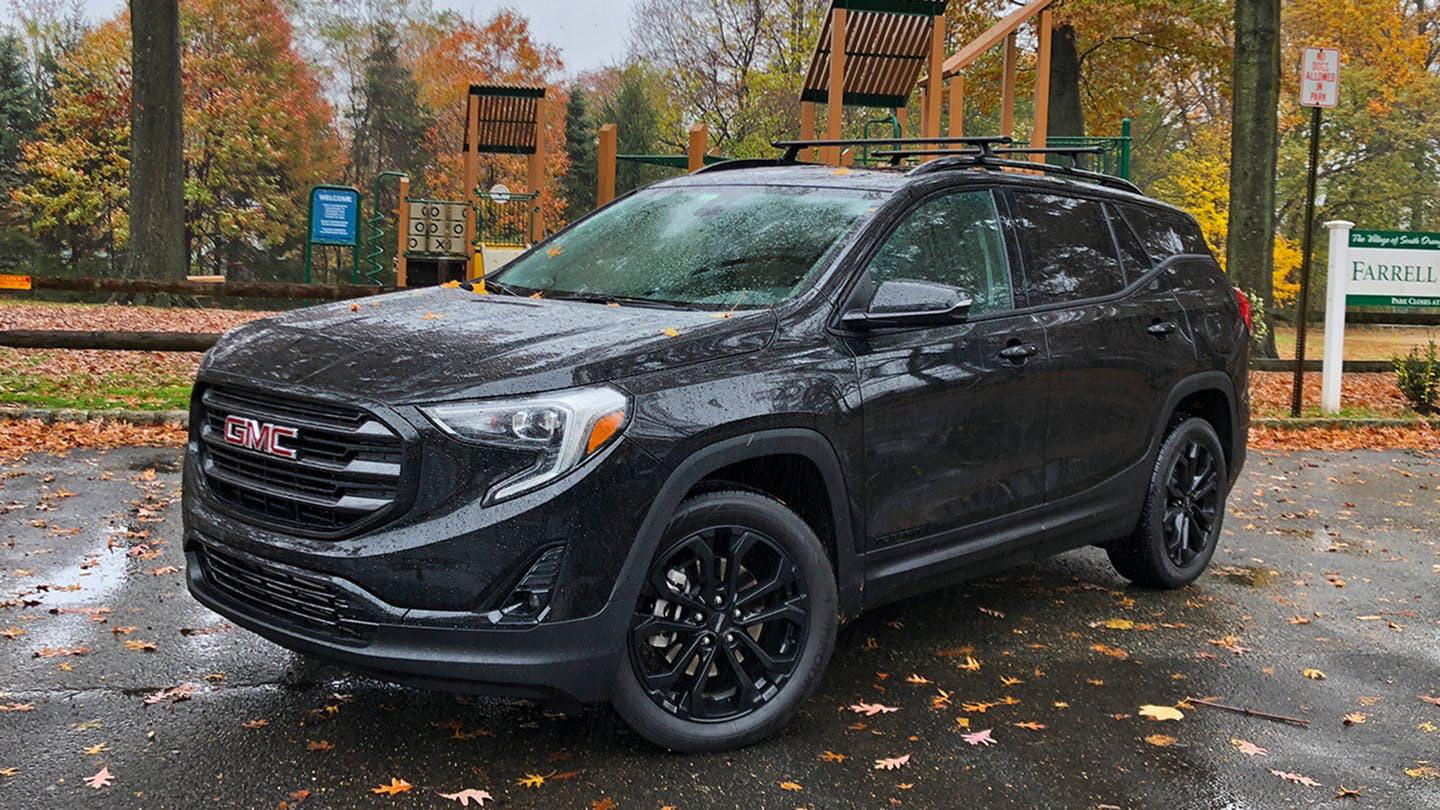When it comes to choosing a GMC Terrain, understanding the best and worst years can greatly impact your buying decision. While the GMC Terrain has established itself as a reliable and versatile SUV, not all model years are created equal. In this article, we will explore the eight best and worst years for the GMC Terrain, taking into consideration factors such as performance, reliability, safety features, and overall customer satisfaction. Whether you’re in the market for a pre-owned Terrain or looking to upgrade your current one, this comprehensive guide will provide valuable insights to help you make an informed choice. Join us as we dive into the top-performing and less desirable model years of the GMC Terrain, ensuring you find a vehicle that meets your needs and exceeds your expectations.
History of The GMC Terrain
The GMC Terrain is a compact crossover SUV introduced in the North American market in 2009 as the 2010 model to replace Pontiac Torrent. The first-generation GMC Terrain (2010-2017) had a rugged exterior design and a spacious interior packed with standard features.Despite the many positives, the first generation faced many mechanical issues, particularly during its early years.
The 2010 and 2011 model years were burdened by excessive oil consumption, leading to frequent visits to the dealership for engine maintenance. Additionally, some owners reported issues with the vehicle’s transmission and air conditioning systems. The second-generation GMC Terrain (2018-present) had a sleeker, more refined exterior and improved interior materials for a more comfortable and engaging driving experience.
However, the 2018 GMC Terrain faced issues concerning the transmission, particularly the nine-speed automatic. The 2019 model faced a complaint related to a poorly placed fuel filler door, causing drivers to accidentally scratch the car with the gas nozzle.
When considering purchasing a used GMC Terrain, it is crucial to be aware of specific model years that have encountered numerous issues, making them less desirable choices. The 2010, 2011, and 2018 GMC Terrain models have garnered a less than favorable reputation due to various problems.

GMC Terrain Years To Avoid
While the GMC Terrain has proven to be a reliable and popular SUV, there are some specific model years that have been associated with certain issues or concerns. Here are some reasons why the 2010, 2011, 2013, and 2014 GMC Terrain models have been identified as years to approach with caution:
2010 GMC Terrain:
The 2010 model year marked the introduction of the GMC Terrain. However, it had its share of early production issues. One common concern reported by owners was transmission-related problems, including rough shifting and occasional failures. These issues could lead to costly repairs and affect the overall reliability of the vehicle. Additionally, some drivers also reported electrical system malfunctions and oil consumption problems.
2011 GMC Terrain:
The 2011 model year had some carryover issues from the previous year. Transmission problems continued to be reported by owners, with issues such as delayed shifting and erratic behavior. Additionally, there were occasional complaints about engine-related problems, including oil leaks and timing chain failures. These issues could result in significant repair costs and potential reliability concerns.
2013 GMC Terrain:
The 2013 model year was associated with concerns related to the engine. Some owners reported issues with excessive oil consumption, which could lead to engine damage if not addressed promptly. Additionally, there were occasional complaints about transmission-related issues, such as harsh shifting and transmission failures. These issues may require extensive repairs and impact the overall ownership experience.
2014 GMC Terrain:
The 2014 model year continued to experience some of the recurring problems found in previous years. Engine-related issues, particularly excessive oil consumption, persisted in some vehicles. Transmission issues, including rough shifting and occasional failures, were also reported. These ongoing concerns could result in unexpected repairs and compromise the vehicle’s reliability.
In Summary
The 2010 model experienced significant negative feedback due to excessive oil consumption, engine problems, and interior accessory malfunctions, such as faulty radios and backup cameras. The 2011 Terrain experienced similar issues like high oil consumption, expensive engine repairs, and transmission problems. Recalls were also issued by the National Highway Traffic Safety Administration (NHTSA) for the 2011 Terrain, mostly relating to seat belts and airbags, making it a less desirable choice for potential buyers.
It’s important to note that not all vehicles within these model years will experience these issues, and the severity can vary from one vehicle to another. Regular maintenance and thorough inspections can help mitigate potential problems and catch any issues early on. If you’re considering purchasing a GMC Terrain from one of these years, it is advisable to conduct a comprehensive pre-purchase inspection and review the vehicle’s maintenance history to ensure you make an informed decision.

Common Issues and Recalls
Engine Problems:
One of the most common issues with the GMC Terrain, particularly in the 2010-2013 models, is high oil consumption due to a defective PVC system or faulty piston rings. This can lead to increased engine wear and even complete engine failure. Additionally, these years experienced other issues like transmission problems, air conditioning system malfunctions, and electronic issues. Although the Terrain seemed to improve from 2016 onwards, it is essential to conduct thorough research when considering a used vehicle. Check for recalls and past owner-reported issues, and consult a professional mechanic for a detailed inspection before making a purchase. To avoid costly repairs and a dissatisfying ownership experience, it is recommended to avoid purchasing the problematic GMC Terrain models discussed above.
Transmission Issues:
Certain models of the GMC Terrain, particularly the 2011 and 2013 models, have had reported issues with hard shifts, transmission slippage, and premature transmission failure.
Electrical Concerns:
Malfunctioning sensors, battery drainage, and problems with the infotainment system have been reported in the 2010-2012 and 2015 models. Infotainment system issues include erratic behavior and sudden restarts, which negatively impact driving experience.
Recalls:
The GMC Terrain has been subject to recalls, such as the 2014 recall due to a faulty software issue that could disable airbags and seatbelt pretensioners, and the 2010-2017 recall for defective windshield wipers.
Steering Concerns:
When considering a GMC Terrain, it’s important to be aware of certain model years that have been reported to have steering issues, specifically the 2012 model. Vehicles from this year have experienced power steering loss due to faulty power steering pumps, resulting in challenging handling and an increased risk of accidents.

Cost of Ownership and Repair
Long-Term Cost of Ownership:
As a buyer, you should pay close attention to long-term cost and potential repair expenses when considering a vehicle. The GMC Terrain has had problematic years, and some of those years include the 2010, 2011, 2012, and 2013 models. Becoming familiar with the common issues faced by owners of these models will empower you to make an informed decision about which GMC Terrain model year is the best investment for you.
Burning Oil
One of the significant issues with these problematic years of the GMC Terrain is the excessive oil consumption. Particularly in the 2010 and 2011 models, owners reported that their vehicles consumed an unusually high amount of engine oil, sometimes as much as one quart every 1,000 miles. While the exact cause of these issues varies, it appears that faulty piston rings were often the culprit. These repair costs can be quite high, sometimes exceeding $3,000. Additionally, the constant need to add oil to the engine can also contribute to an increased overall cost of ownership.
Bad Transmission System
Another common issue with the GMC Terrain in these specific years is related to the transmission system. Many drivers reported that their vehicles experienced transmission problems resulting in hard shifts, hesitations, or slips during gear changes. Repair costs for these transmission difficulties can also be steep and, depending on the severity of the issue, might require a complete transmission replacement or rebuild. This can lead to repair bills of up to $4,000, further adding to the expense of owning these particular years of the GMC Terrain.
Faulty Electrical Systems
Electrical system-related issues are another area where owners of these problematic GMC Terrain years may encounter unexpected expenses. Dashboard screens blacking out, faulty backup cameras, or less than reliable infotainment systems have all been reported for these vehicles. Some owners have had to replace their infotainment systems at a cost of well over $1,000. Lighting systems and other aspects of the electrical systems can also require expensive repairs, adding to the cost of ownership burden for these GMC Terrain years.
Poor Air Conditioning
One of the primary issues with certain years of the GMC Terrain is the air conditioning system, as owners have reported poor cooling performance or complete failure of the system. Air conditioning repairs can be expensive, even for relatively simple components like the AC compressor. Prospective buyers of these GMC Terrain years should keep these repair costs in mind, as fixing an air conditioning system can often cost upwards of $1,000. Being aware of these potential risks and repair costs is essential when considering purchasing these problematic years of the GMC Terrain.

Photo by artlasovsky on Unsplash
Best Years For GMC Terrain
The GMC Terrain has undergone several updates and improvements over the years, making it a popular choice among SUV enthusiasts. Let’s explore these years:
2015 GMC Terrain:
The 2015 model year brought significant enhancements to the Terrain. It featured a refreshed exterior design, including a redesigned front grille and updated headlights, giving it a more modern and refined appearance. The interior received improvements in terms of materials and technology, with an upgraded infotainment system and available features such as a rearview camera and forward collision alert. Additionally, the 2015 Terrain boasted excellent fuel efficiency and a smooth, comfortable ride.
2016 GMC Terrain:
The 2016 Terrain continued to impress with its spacious cabin, comfortable seating, and user-friendly infotainment system. It offered a range of engine options, including a powerful V6 engine for those seeking more performance. The 2016 model also introduced additional safety features, such as blind-spot monitoring and rear cross-traffic alert, further enhancing the overall safety profile of the vehicle.
2018 GMC Terrain:
The 2018 Terrain marked a significant redesign, introducing a more compact and stylish exterior. It featured improved fuel efficiency, thanks to the introduction of a turbocharged 1.5-liter four-cylinder engine and an available diesel engine option. The 2018 model also received accolades for its advanced safety features, including lane departure warning, automatic emergency braking, and a surround-view camera system. Inside, the 2018 Terrain showcased a refined interior with upgraded materials and an intuitive infotainment system.
2019 GMC Terrain:
The 2019 Terrain continued to build on the strengths of its predecessors. It offered a range of engine options, including a turbocharged 1.5-liter four-cylinder and a more potent turbocharged 2.0-liter four-cylinder engine. The 2019 model stood out for its well-crafted interior, comfortable seating, and generous cargo space. It also introduced available features like a hands-free power liftgate and a panoramic sunroof, adding to the overall convenience and luxury of the vehicle.
These model years represent some of the best for the GMC Terrain, each offering their own set of improvements and enhancements. When considering a GMC Terrain, exploring these years can provide valuable insight into the features and advancements that may align with your preferences and needs.
Alternative Years and Models To The GMC Terrain
In your search for a reliable GMC Terrain, it’s a good idea to focus on models produced from 2016 and onwards, as GMC addressed many of the common issues present in previous models, such as engine and transmission problems. The 2016 model featured upgraded interior materials and an enhanced infotainment system for a more comfortable and convenient driving experience.
Moreover, the 2018 GMC Terrain underwent a significant redesign, offering drivers more standard features, improved fuel efficiency, and better overall driving dynamics. By concentrating on options from 2016 to the present day, you can ensure a more dependable GMC Terrain purchase.
Honda CR-V
For those seeking a trustworthy alternative to the Terrain, the 2016 – 2020 Honda CR-V consistently receives high marks for reliability, safety, and performance. The CR-V offers spacious cabins, refined interiors, and a comfortable ride. Additionally, the compact SUV boasts impressive fuel efficiency, especially with the optional turbocharged engine. Like the Terrain, the CR-V also features various tech and safety features, such as touch-screen infotainment systems, driver assistance packages, and modern connectivity options like Apple CarPlay and Android Auto.
Toyota RAV4
Another solid alternative to the GMC Terrain is the Toyota RAV4, particularly models from 2016 to 2020. Known for their consistent reliability, RAV4 models from these years also include a wealth of standard safety features, advanced driver assistance systems, and ample cargo and passenger space. Moreover, the RAV4 models offer smooth handling and competent performance, making them a popular choice in the compact SUV segment. For those interested in fuel efficiency, the 2019 and 2020 models also offer hybrid versions for even better gas mileage.
Mazda CX-5
The Mazda CX-5 is another worthy competitor from the years 2016 through 2020, offering strong performance, impressive fuel efficiency, and a premium, stylish interior. Esteemed for its athletic handling, the CX-5 is a compact SUV that appeals to those who appreciate a more engaging driving experience. With high safety ratings, a well-rounded infotainment system, and driver assistance technology, the CX-5 provides an attractive package that can compete with the best of its counterparts.
Subaru Forester
Subaru Forester models between 2016 and 2020 also provide a valuable option for those seeking an alternative to the GMC Terrain. Renowned for their standard all-wheel drive, robust performance, and exceptional safety measures, the Forester excels in diverse driving conditions. Notably, this compact SUV offers a comfortable and spacious interior, user-friendly infotainment systems, and up-to-date connectivity features. With respectable fuel efficiency and a reputation for durability and dependability, the Subaru Forester is well worth considering as a reliable choice in the compact SUV market.

Photo by smaragdoff on Unsplash
Conclusion
In conclusion, being aware of the best and worst years for the GMC Terrain is crucial when considering this popular SUV. By understanding the strengths and weaknesses of each model year, you can make an informed decision and find a GMC Terrain that suits your preferences and requirements. From the top-performing years that excel in performance, reliability, and safety features to the less desirable years with potential issues to avoid, this guide provides valuable insights for potential buyers and current owners. Remember to conduct thorough research, inspect the vehicle’s history, and prioritize regular maintenance to ensure a positive ownership experience with your GMC Terrain. With this knowledge in hand, you can confidently navigate the market and find a GMC Terrain that combines the qualities you seek in an SUV.

